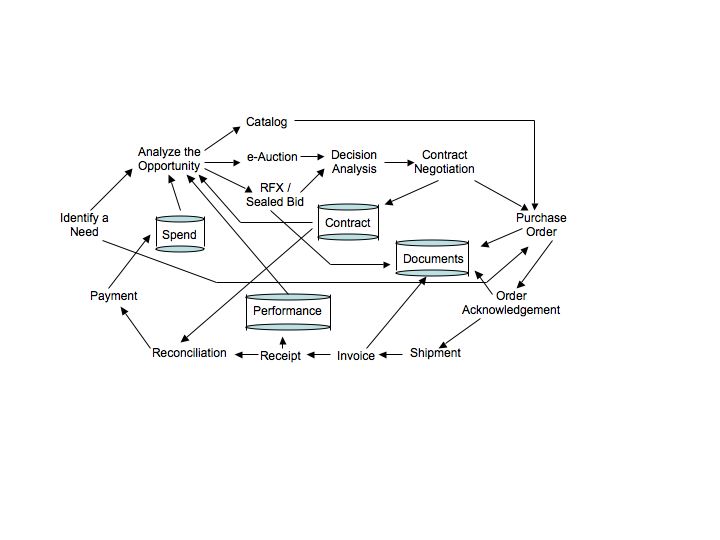Originally posted on on the e-Sourcing Forum [WayBackMachine] on Friday, 19 January 2007
Back in November, the Supply Chain Management Review ran a great article on “Design for Supply: An Evolutionary Path” which noted that design for supply involves more than just part and supplier re-use and that leading companies are achieving benefits from simulation and modeling before and during product launch. I agree completely. (I also wrote about Design for Supply, which is also known as Design For Sourcing, in my multi-part Procurement Innovation series over the summer in the post “Transforming New Product Development”).
A recent AMR Research study quoted by the article found that New Product Introduction (NPI) is the number-one influencer of supply chain demand and a National Science Foundation and Michigan State University study also quoted by the article found that material costs could be cut by 10% by applying design for supply and total cost of ownership analysis at the concept and assessment phases of NPI. Therefore, it is worth pursuing Design For Supply (DFS) as it can avoid design practices that drive supply chain complexity such as part number proliferation and supply base expansion.
Design for supply is not a new concept, and many manufacturers have been applying fundamental DFS strategies such as part reuse and cross-functional collaborative product design for a while. Furthermore, the manufacturers with the most successful DFS initiatives are those that have applied standardization.
However, it can be argued that current initiatives are only first generation and the future of Design for Supply is optimization and simulation of DFS trade-offs. Reuse reduces variability and improves volume pricing, but places a constraint on innovation when applied too rigidly. To truly design for supply while also developing new and exciting products, companies need to look at the trade-off between the benefit of a new innovation versus the cost of supply.
You need to look at the business and cost impact of every decision. One example is the analysis of the cost-benefit trade-offs associated with different product options to optimize customer revenue, time-to-market, and supply cost. Another example is product-cost modeling using a virtual production environment and what-if analyses based on alternative design decisions to accurately predict cost before product launch. (And this is more-or-less exactly what aPriori does, whom I just blogged about over on Sourcing Innovation.)
Supply chain modeling during NPI can move a company beyond first generation reuse and product-cost analysis to understanding the product’s potential impact on the entire supply chain network, allowing procurement to design the optimal network and, when good forecasts are available, predict required inventory levels up front.
The article concludes with some suggestions for DFS improvement:
- Identify the person or team that will enforce accountability.
- Understand product segments and global distribution methods.
- Define the metrics to measure a design’s impact on inventory, reuse, lead time, and other cost drivers.
- Understand the organization’s position on the DFS maturity curve before defining the next evolutionary step.

